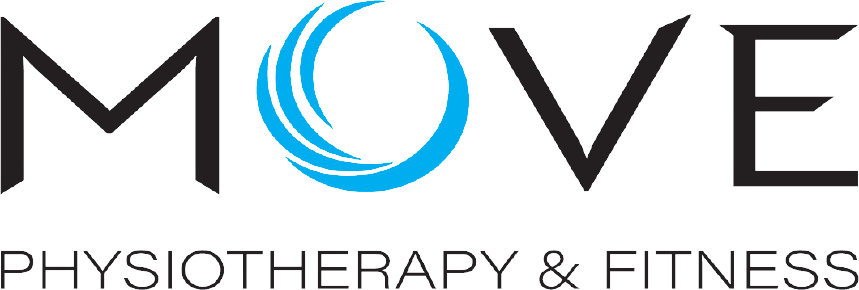Have You Suffered an ACL Injury?
Anterior Cruciate Ligament (ACL) injuries are relatively common in the athletic population. Optimal rehabilitation from a qualified professional is essential to optimise the chances of returning to sport at pre-injury levels, reducing subsequent injury risk, and improving quality of life in the long term post injury.
The fact is ACL rehabilitation is often poorly done in Physiotherapy.
- Non-elite athletes are cited to receive evidence based rehabilitation as low as 5% of the time.
- For this reason, only 40-55% of athletes return to competitive sport after their ACL injury, even though 94% expect to do so at the start of their rehab.
- Of those who do return to sport, only 10-20% will pass return to sport criteria to do so.
With all of these problems seen consistently across the field of ACL rehab, it is no surprise that re-injury rates are quite high in those who do return to sport, with up to 1 in 3 youth athletes suffering from a subsequent ACL injury.(6)
However, there is something we can do. Research has shown that good rehabilitation that leads to passed return to sport criteria is the strongest predictor of successful return to sport after surgery. With individuals undergoing rehabilitation being almost 8 times more likely to return to sport, and those who successfully passed return to sport criteria prior to their return showing a 72% reduced risk of any knee injury while playing sport. (7,8)
Here at Move, we have the knowledge, experience, services and equipment to optimize your recovery at every step of the way with our criterion based rehabilitation protocol and testing procedures. We utilize a 5 stage rehab protocol developed by our therapy team, pulling information from all of the best available experts and evidence to ensure that you are exposed to the right stimulus, at the right time. Each stage of the protocol has concrete goals and exit criteria around the knee to gradually build the athletes tolerance to sport all the way back up so when they hit the field, they can excel. We rehab the injury while not neglecting the rest of the athlete by providing a comprehensive return to performance program throughout the rehabilitation process.
Using our AxIT assessment system and video technology, we are able to objectively measure your strength, power, and movement quality across the entire rehab process. This ensures that you are physically ready to move on to the next phase of rehab, and the demands that comes with it. Ultimately, we use the objective testing to ensure that you have all of the physical tools to return to your sport as safely as possible so that you can perform to the best of your ability.
The program will ensure a safe and efficient progression through gym and field programming to ensure you have the physical tools as well as the skill and confidence to perform at your best on the field. With a wide range of delivery models, we can provide you with personalized care in a supervised, or more independent context to best fit your situation.
ACL REHABILITATION PROTOCOL

Stage 1: Recovery From Surgery (If Applicable)
Your ACL operation is a traumatic event for your knee. Although at this stage, many athletes are rearing to commence their rehabilitation, it is best to let your knee settle for 1-2 weeks.
Your physiotherapist will set you simple range of movement exercises and muscle ‘setting’ exercises, however our primary aim is to allow the swelling to settle in your knee.

Stage 2: Regain Strength and Balance
In stage 2, we aim to rebuild strength in the muscles surrounding your knee, such as your quadriceps, gluteals and hamstring muscles. If you have undertaken a hamstring graft ACL replacement, regaining strength in your hamstrings is paramount in this stage.
We also aim to restore your balance. For example, most athletes between 15-30 years should be able to maintain single leg balance for 45 seconds and greater.

Stage 3: Running, Agility and Landing
Once you have passed the criteria of progression from stage 2, we can commence our running and agility drills.
At this stage, we examine your jumping and landing mechanics. For example, there is research that demonstrates that a quadriceps dominant jumping and landing style carries a greater risk of ACL injury compared with gluteal patterns of jumping.
We also progressively incorporate agility drills into your training, such as changes in direction, hopping and landing.

Stage 4: Sport Specific Training
At this stage, we will customise your ACL rehabilitation program to drills and exercises that are specific to your sport.
The demands of each sport vary considerably. For example, the requirements of playing netball and basketball are completely different to the demands of dancing!
At Move Physiotherapy we will work with you to ensure that you are confident and ready to return to sport and minimise the risk of re-injury.

